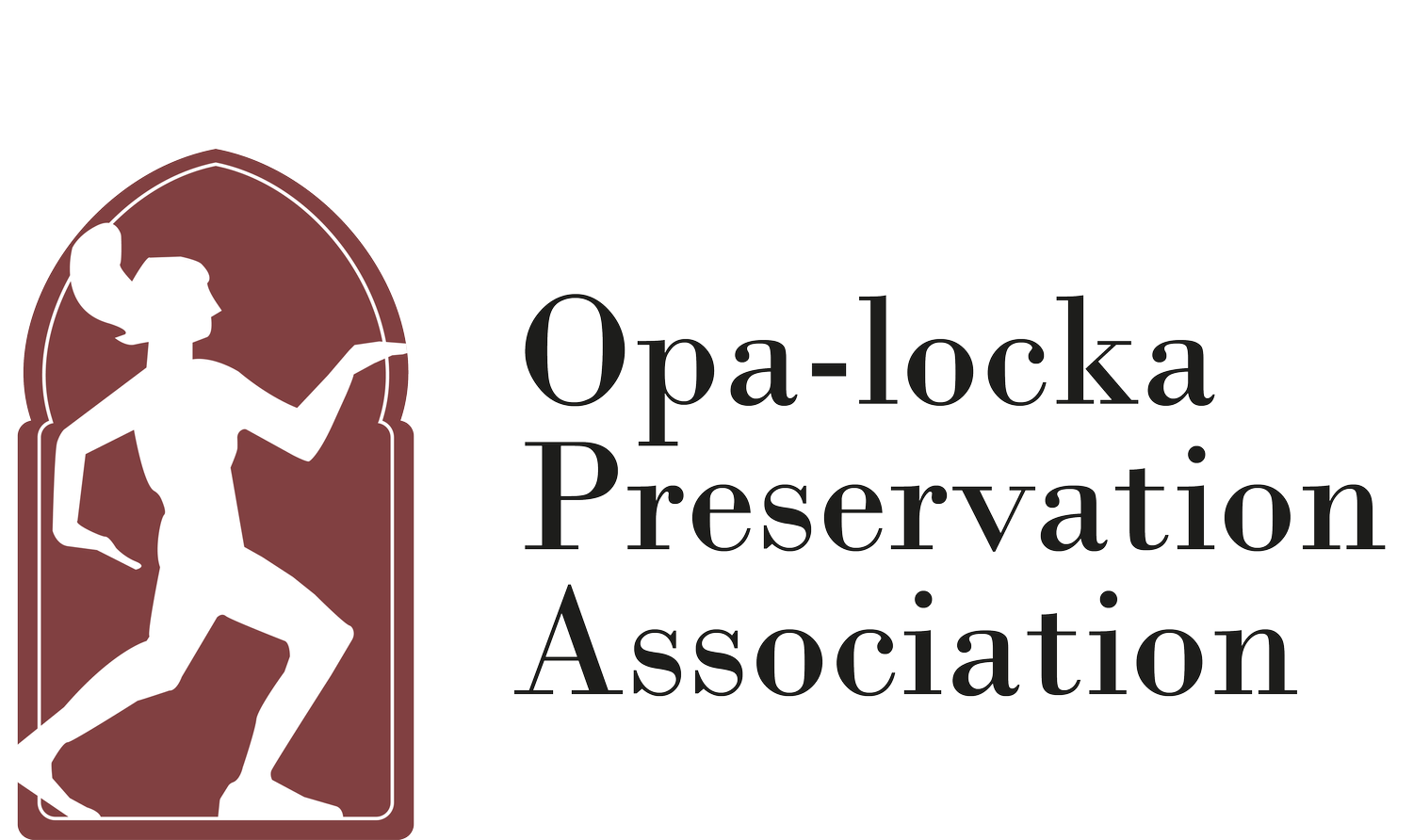Archival Institutions
Thanks to the proactiveness and care of archival specialists and historians from several institutions, today we are able to enjoy the original artifacts, newspapers, photography, and ephemera of Opa-locka’s history.
If you are looking to do research of your own, we encourage you to reach the staff at the below archives.
University of Miami’s Richter Library Special Collections
UM’s Richter Library houses a department of Special Collections, which contains two significant archives to Opa-locka’s history: the near-complete collection of commercial/residential/municipal architectural elevation plans, as well as sketches, , photographs, and newspaper clippings from architect Bernhardt Muller’s New York firm; the research and restoration work conducted in the mid-1980s and over a five-year span of preservation consultant Michael Maxwell. Archives are not available digitally, but can be accessed in-person with an appointment.
South Florida’s preeminent historical museum and Smithsonian Institutde affiliate, HistoryMiami houses a vast collection of materials related to the region’s ancient roots and founding players. Specific to Opa-locka, their collection boasts ephemera from the city government, the research work of preservation consultant Emily Perry, the Arabian Nights festivals throughout the decades, as well as the Claude Matlack Photograph Collection, one of Miami’s only photographers to have documented the architectural developments of the 1920s. A select few photographs are available online, with all other materials available in-person by appointment.
HistoryMiami Museum Archives
Miami Springs Historical Society and Museum
Established in 1987 to protect and promote the legacy and Miami Springs home of founder Glenn Curtiss, the Society owns the most comprehensive collection of early Opa-locka photography available. They welcome visitors to their museum space Saturdays from 1-4 pm ET, and regularly host events in the city.
Miami-Dade Public Library System
Home to a collection of original photographs and scrapbooks from Gleason Waite Romer, as well as ephemera from the city.






